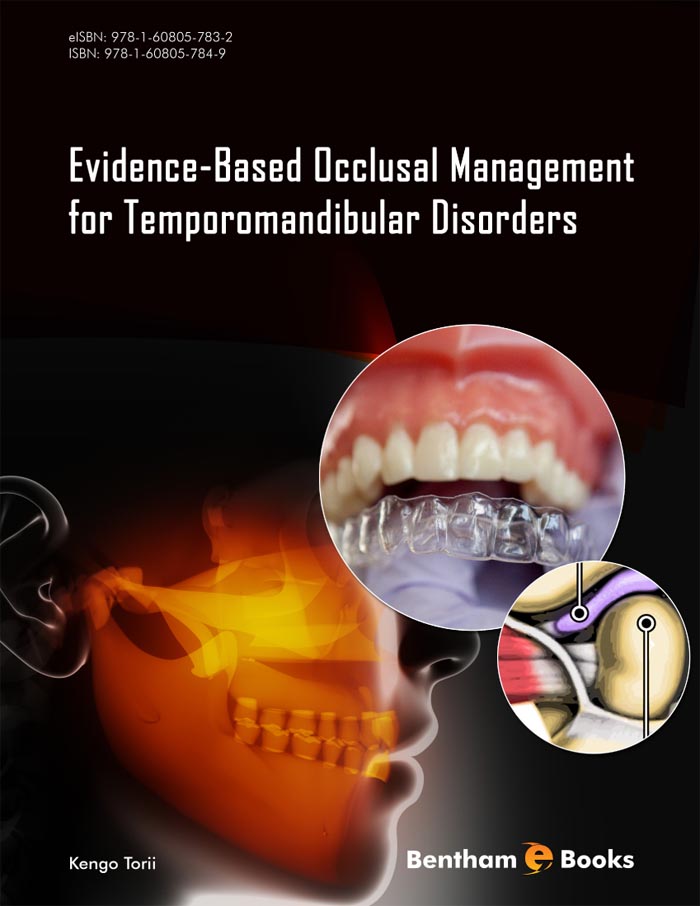Preface
Although the role of occlusion in the manifestation of the signs and symptoms
associated with temporomandibular disorders (TMDs) remains controversial,
occlusal adjustment or occlusal reconstruction therapies have been undertaken for
the treatment of TMDs. However, a joint conference of the National Institute of
Health (NIH) and National Institute of Dental Research (NIDR) held in May 1996
in the USA concluded that occlusion and TMDs were not related, and this
decision has definitely affected clinicians and researchers. Since then, many wellknown
TMD clinicians and researchers have not alluded to any relation between
occlusion and TMDs, and treatment for TMD has shifted to more conservative
modalities. However, we have never been convinced that all the evidence
completely rules out a possible relation between occlusion and TMDs. Recently,
the relation of a discrepancy between the habitual occlusal position (HOP) and the
bite plate-induced occlusal position (BPOP) to TMD has been reported. Thus, the
possible effect of the occlusal equilibration of the BPOP on TMD signs and
symptoms has also been inferred. We previously reported the transient effects of
conservative therapies on TMD and highlighted the need for occlusal
equilibration of the BPOP.
Here, our description, together with the colored pictorial representation, covers
the following points:
-
When do the signs or symptoms of TMD appear?
-
Should the signs or symptoms be left untreated?
-
When should treatment start?
-
How should the occlusal discrepancy be examined?
-
How should occlusion at the BPOP be equilibrated?
The aim of this study is to provide a better understanding of the importance of
occlusal equilibration in the masticatory muscles-guided position for TMD. We
will demonstrate how to equilibrate the patient’s occlusion according to the
magnitude of the occlusal discrepancy and how to use an articulator for the
occlusal equilibration. Although TMD is not a fatal disease, the quality of the
patient’s life is affected because of the associated headaches, aural symptoms,
masticatory dysfunction and posture. Since the expert’s panel of the NIDR was
met in 1996, an ugly conflict has arisen and persists between the occlusal
treatment school and the conservative treatment school. Conservative treatments
are reversible, therefore, the treatments are thought to benefit TMD patients at
present. However, we have reported that the effects of these conservative
treatments for TMD are transitory and recurrence inevitably occurs. We have
obtained a good outcome using causal treatment (occlusal equilibration in the
BPOP) based on the evidence of a relation between occlusal discrepancy and
TMD. Therefore, our clinical data should be shared with many clinicians
throughout the world.
ACKNOWLEDGEMENTS
Declared none.
CONFLICT OF INTEREST
The author confirms that this ebook content has no conflict of interest.
Kengo Torii
General Dentistry of the Infirmary
School of Life Dentistry
Nippon Dental University
Tokyo
Japan
E-mail:wbs89508@mail.wbs.ne.jp

